While many urban downtowns around the country are continuing to be plagued by office and retail vacancies, a 2.6-square-mile area in Memphis’s downtown is bucking the trend.
In Memphis’s medical district, eleven new businesses opened last year — 10 of them owned by women and people of color, and supported by almost $150,000 in targeted grants.
More and more district residents are now supporting these businesses, thanks to over 400 new housing units coming online. With dozens of events activating the district’s many public spaces, these new neighbors are welcoming tens of thousands of visitors: The Juneteenth Festival in Health Sciences Park welcomed about 12,000 guests alone. Given that the total residential population of the district is about 11,000 people, per a 2022 analysis by the Memphis Commercial Appeal, this is a significant number.
For residents and visitors alike, getting around the district is becoming easier. Groove On Demand, the in-district shuttle service, saw ridership increase by more than 200% compared to the prior year. More than 3,000 feet of sidewalk have been repaired or replaced.
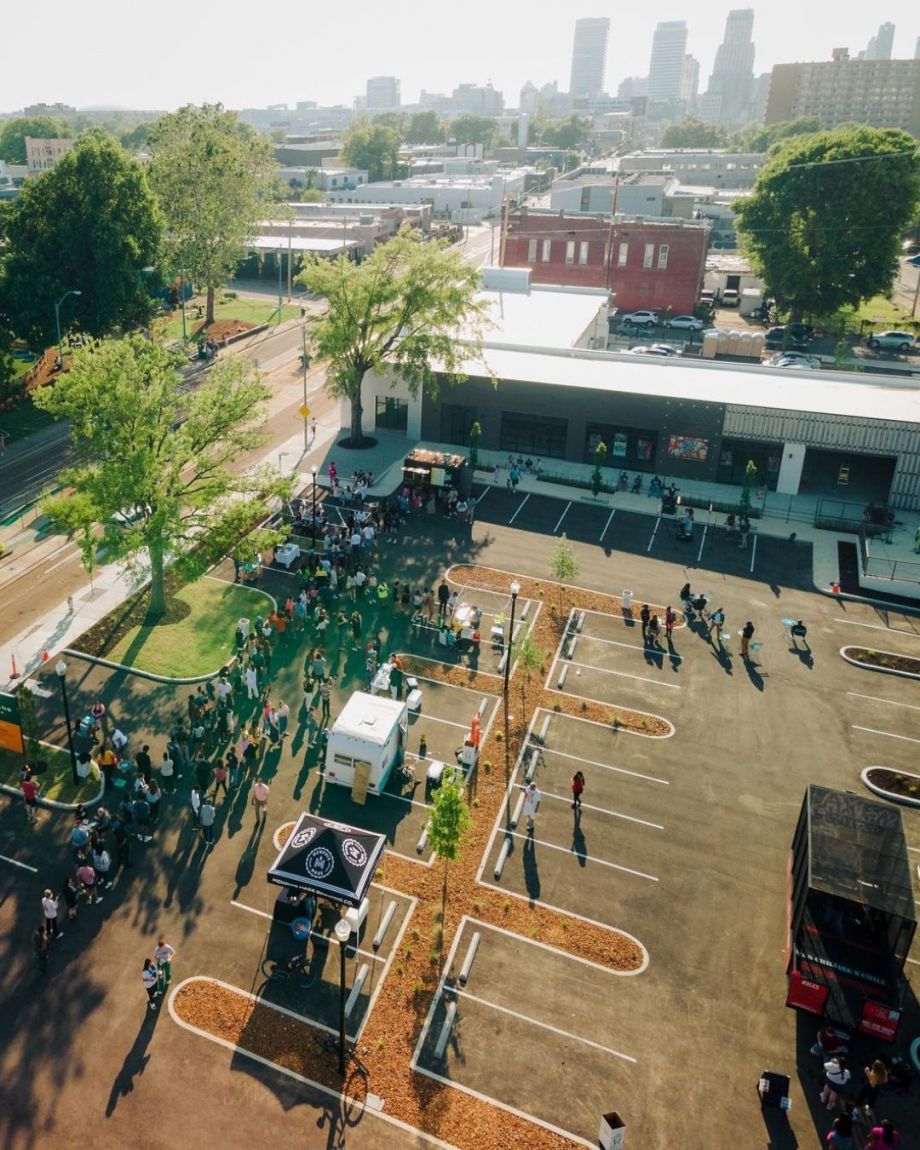
(Photo courtesy Memphis Medical District Collaborative)
None of this happened organically. Each of these numbers represents a distinct achievement for my team at the Memphis Medical District Collaborative in our efforts to help the district thrive. My peers from around the country, particularly around the South, sometimes ask me for advice and ideas on what might work in their communities. The answer, of course, is that no single approach works everywhere; a culture of humility and an eagerness to learn is indispensable.
That said, I can point to a few discrete lessons that we’ve learned over the last eight years or so. It won’t happen all at once, nor without a fair share of ups and downs or naysayers. But for communities like ours, a focused, anchor-led approach to development will pay dividends.
The biggest driver of our success has been the realization that collaboration is everything. Our collaborative comprises eight anchor institutions: a mix of teaching hospitals, higher education institutions, and our county’s health department. Each has its own goals and board of directors, and in some cases, they even compete.
From our earliest days, these institutions committed to work together on programs and initiatives that would benefit all of their employees, students, visitors and residents in the surrounding neighborhoods. Between 2010 and 2020, the District’s population dropped about 3% while its racial makeup shifted a bit: The African American population, while still the majority, decreased slightly from about 72% to 65% while the white population grew from 16% to nearly 25%. Asian and American Indian populations remained relatively stable. About 43% of all households in the district are below the federal poverty line.
Everything we do, from developing a skilled workforce to housing, from public space to small business support, is possible because these institutions set aside their individual agendas to work in partnership towards a shared goal of a more vibrant, prosperous and equitable district that reflects our evolving residential population. In our case, impartial guidance from U3 Advisors was invaluable in helping establish these partnerships and building trust between these entities.
To that point, as much as we focus on good urban design, attractive storefronts and inviting public spaces, we know the district’s future is about people and place. We’re not just trying to attract medical students and postdocs, we’re training and employing the people who have lived in the community for years. Our Hire Local program — a place-based workforce development initiative launched in 2017 based on the West Philadelphia Skills Initiative — provided direct training and career assistance support to over 200 residents last year. Methodist Le Bonheur Healthcare alone extended more than 50 job offers.
When it comes to funding, local leadership counts — but we must always look to scale our work by diversifying sources of funding. The Hyde Family Foundation in Memphis supported early strategic planning here and their vision catalyzed the collaborative discussions with the anchor institutions that formed MMDC. One of the best ways to steward their generous support is to invite more funding partners on this journey with us. Besides financial contributions from our anchor partners, other national foundations have begun to take notice of our success. Their involvement in no way dilutes the importance of our local partners; it’s a force multiplier that makes every local dollar for training programs, small businesses, public art projects and other key initiatives count even more.
If you are an institutional leader, foundation program officer, or city official who believes this kind of approach could unlock new value in your community, consider a few early action steps to see what’s possible.
-
Location, location, location. At the time of our founding, the medical district was neither fully saturated with investment nor completely disinvested. The anchor institutions’ proximity to each other made collaborative outcomes easy to envision. Where does your city have similar conditions?
-
Data determines destiny. Our collaborative has been rigorous since the outset about understanding what we were trying to change: hyperlocal employment rates, minority and female entrepreneurs, housing, overall visitors, and so forth. A basic inventory of your district’s building stock is a great place to start. What other datasets can your regional planning office, assessor, registrar of deeds, or other government agencies provide?
-
Start small enough to succeed. They say progress moves at the speed of trust, and candidly, major institutions like hospitals and universities are not naturally inclined to work collaboratively. In Memphis, U3 Advisors were essential in setting everyone up for success. Consider initiating a project that is small enough to be achievable, but meaningful enough to show what partnership can do: Could you organize a job fair targeted towards residents of the district, a public art project to enliven a dormant space, or even a district clean-up? Each of these activities builds social capital among institutions and shows a clear commitment to district stakeholders.
These achievements aren’t possible unless we’re consistently meeting the needs of everyone who lives and works in the district. Before it was even known as the medical district, the area was home to generations of small businesses, arts collectives and dedicated people — many of whom are now gone.
Starting in the 1970s, the Memphis Medical District suffered several decades of physical and financial disinvestment and residential decline due to redlining and suburban development toward the eastern part of Memphis and Shelby County. While we cannot single-handedly reverse a decades-long trend toward sprawl, we can make strategic investments that compel people to reconsider the core city and look for abundant opportunities here.
Remaining respectful of this district’s history and relentlessly committed to the people who depend upon it is how we ensure that these gains are not temporary — that our residents, their children and their grandchildren will live, work and play in this district for decades to come.
Rory Thomas is the president of the Memphis Medical District Collaborative.

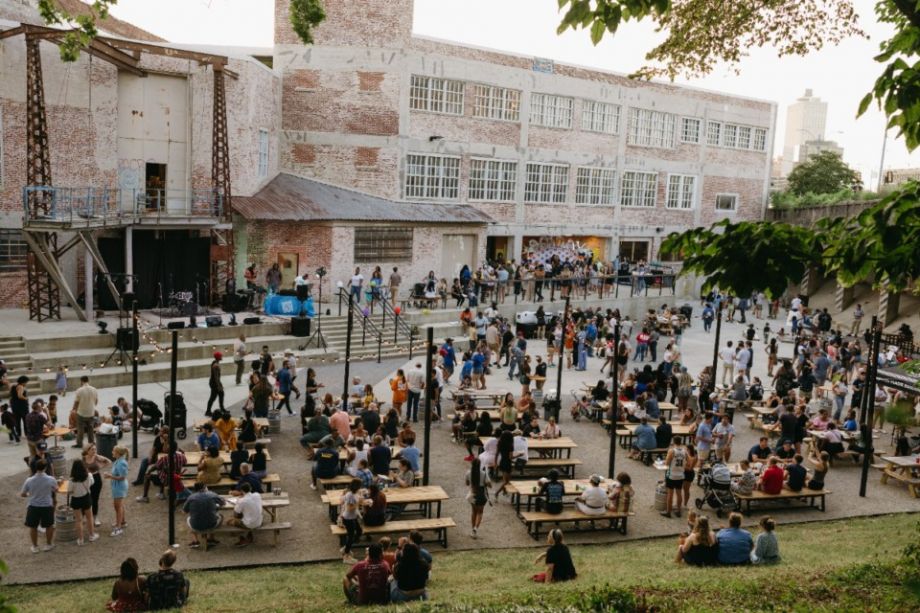
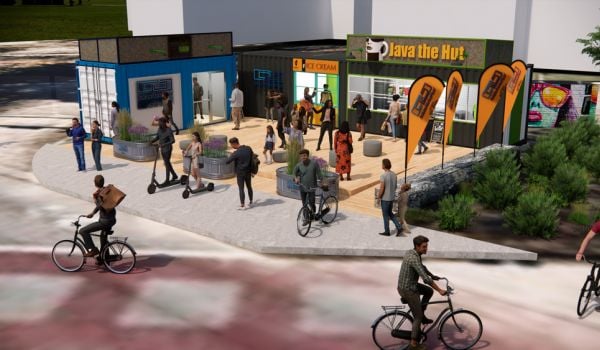
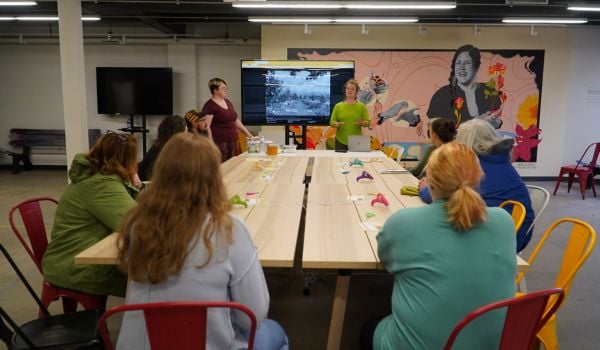
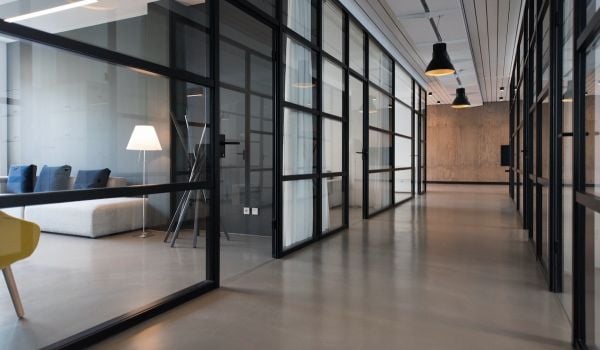



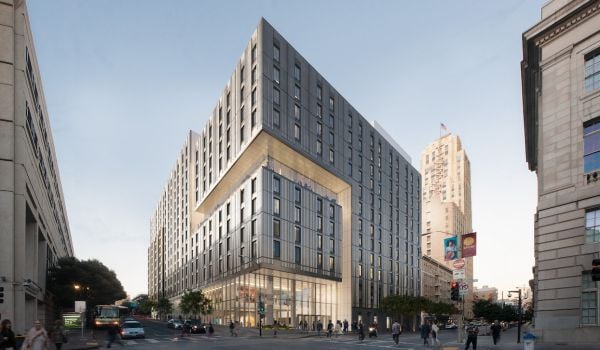
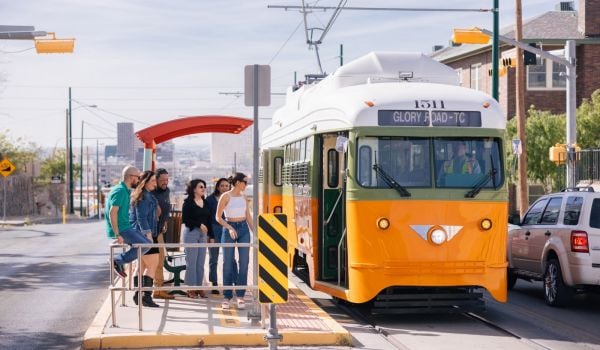







Add to the Discussion
Next City sustaining members can comment on our stories. Keep the discussion going! Join our community of engaged members by donating today.
Already a sustaining member? Login here.